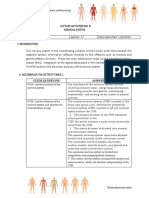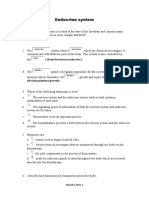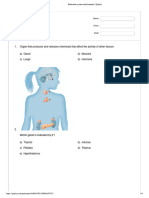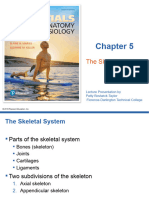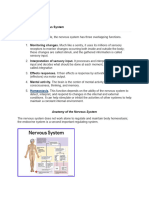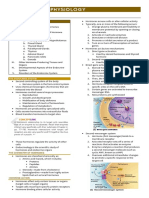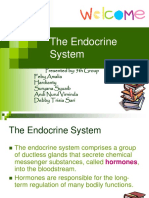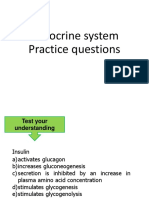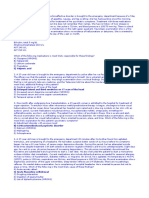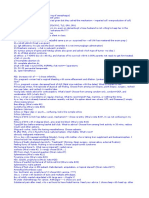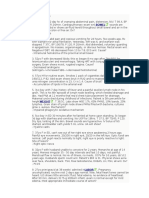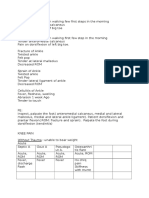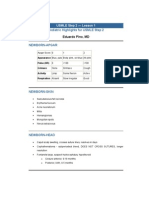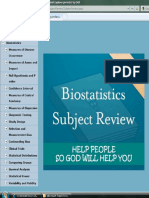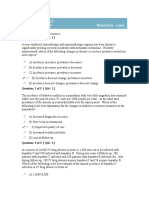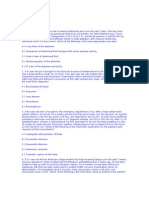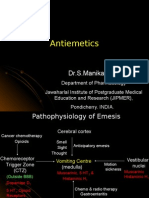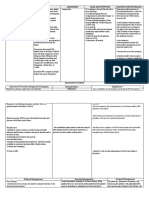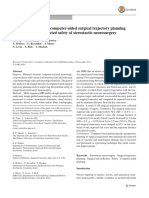50% found this document useful (2 votes)
859 views53 pagesStructure and Function of The Endocrine System
The endocrine system maintains homeostasis through feedback mechanisms involving the release of hormones from various glands into the bloodstream, including the hypothalamus, pituitary, thyroid, adrenals, gonads, parathyroid, and thymus. Hormones act on target tissues to regulate growth, metabolism, and sexual development and function through negative feedback loops. The hypothalamus controls the pituitary which regulates the downstream endocrine glands.
Uploaded by
walt65Copyright
© © All Rights Reserved
We take content rights seriously. If you suspect this is your content, claim it here.
Available Formats
Download as PPT, PDF, TXT or read online on Scribd
50% found this document useful (2 votes)
859 views53 pagesStructure and Function of The Endocrine System
The endocrine system maintains homeostasis through feedback mechanisms involving the release of hormones from various glands into the bloodstream, including the hypothalamus, pituitary, thyroid, adrenals, gonads, parathyroid, and thymus. Hormones act on target tissues to regulate growth, metabolism, and sexual development and function through negative feedback loops. The hypothalamus controls the pituitary which regulates the downstream endocrine glands.
Uploaded by
walt65Copyright
© © All Rights Reserved
We take content rights seriously. If you suspect this is your content, claim it here.
Available Formats
Download as PPT, PDF, TXT or read online on Scribd
/ 53


